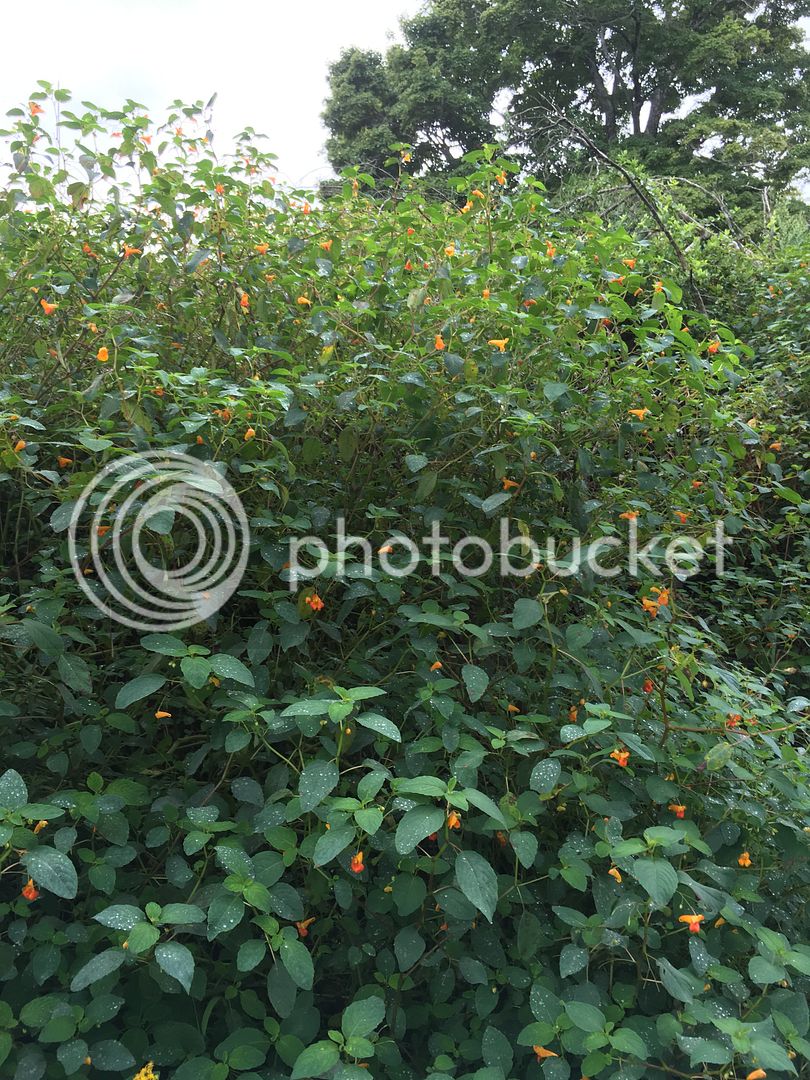Native Hunter
5 year old buck +
Steve,
Your point is well taken. There are some noxious weeds that can really become problematic in some cases. I'm not suggesting ignoring them. I'm more suggesting triage. First, figure out if the plant is really a weed for the manager. Does it benefit deer, other wildlife, soil...? Is the weed causing a problem? Does it reduce yield beyond the tipping point? The only quality foods that benefit deer are those that end up in their stomachs. Having quality foods far beyond what your deer herd are consuming are not really benefiting the herd. So, a simple reduction in yield is not enough reason to combat weeds. They need to reduce yield enough to have an impact. What will happen when I eliminate this weed? Nature abhors a vacuum. Something will likely take its place. Will it be a desirable plant or an even more noxious weed. In other words, do some weeds keep worse weeds from taking over?
I'm advocating a more thoughtful approach to weeds than the average food plotter takes (and I used to take in my early years). We are not farmers and don't have the same objectives. I'm not saying that weeds are never a problem and we should ignore them. I'm saying most have a knee jerk reaction to "weeds". I actually want to remove the word "weed" from my thinking and replace it with native or naturalized plant. Some of these plants can be an asset to my program, some are neutral, and some are a detriment and may need to be controlled.
When a food plotter sees something growing in his field other than his crop, I don't wan their first thought to be "weed".
Thanks,
Jack
Yes, that's why I control the spread of ones I don't want around and promote the ones I do want. I actually have "weed food plots" but you won't find any dog fennel in them. Below is a picture of one of my weed plots.

